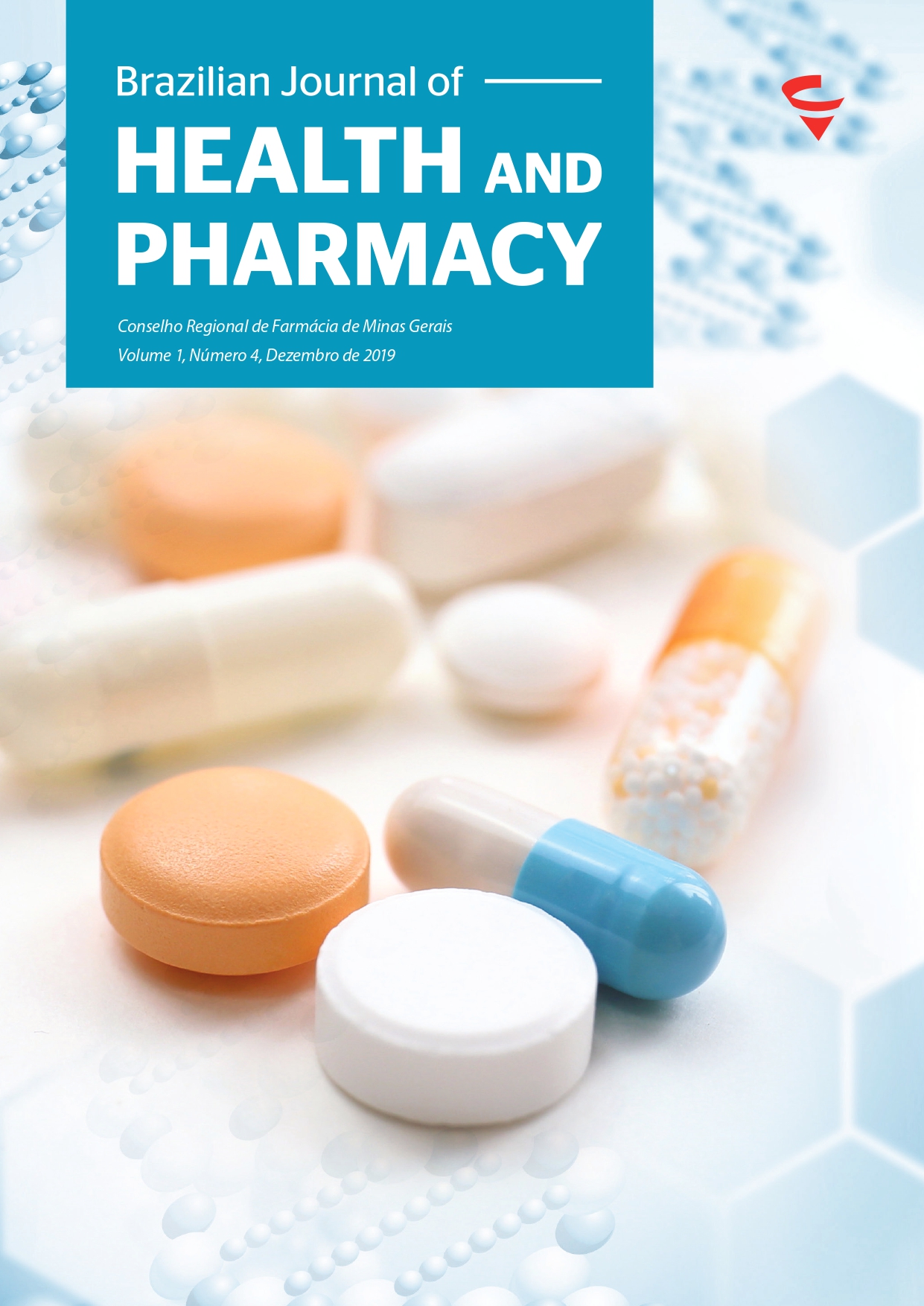Abstract
The increasing bacterial resistance and the difficulty of producing new antimicrobials by direct synthetic way stimulated the scientific community to explore other sources in the search for new therapeutic agents. Among the alternatives found, medicinal plants and natural products are a promising source in the search for new antimicrobial agents, due to their constant popular use in the treatment of several associated diseases. The Citrus x limonia species belonging to the Rutaceae family is characterized as a sweet fruit with acid buds, a phenomenon that occurs as a result of the natural pollination effect of sweet lemon by sour lemon. However, little information of this species is found in the literature about its chemistry and biological activity. In this context, the work aims to explore the chemical and biological potential of the ethanolic extract, ethyl acetate and essential oil of the species obtained through the leaves and peel of the fruit by maceration, partition and hydrodistillation methods according to the existing secondary, metabolites identified by slender layer chromatography (CCD) against inhibition of microbial growth of Staphylococcus aureus, Pseudomonas aeruginosa and Escherichia coli bacteria by the disc diffusion method. The extracts presented in their chemical composition coumarins and flavonoids in CCD. In the evaluation of potential antimicrobial activity was observed mainly inhibition of microorganisms by the essential oil. The extracts evaluated did not show promising activity under the experimental conditions used. In this context, the potential antimicrobial activity of the extracts is related to the composition of the essential oil, promising the search for new therapeutic approaches with antimicrobial action.

